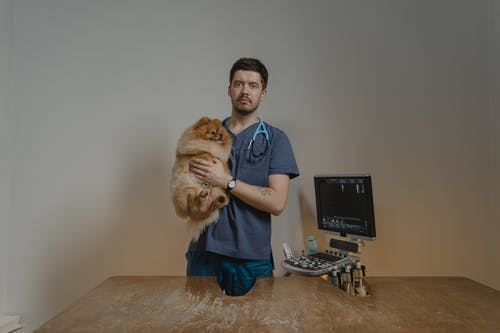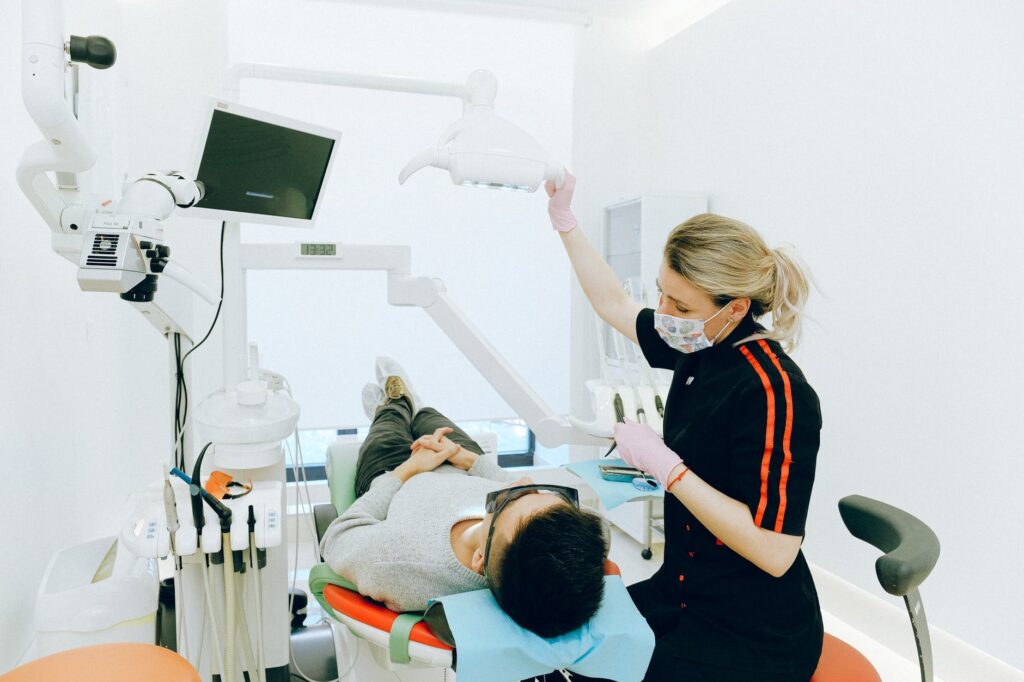As pet owners, we all want to ensure the health and well-being of our furry friends. Preventing common diseases in pets is crucial for their overall happiness and longevity. In this article, we will explore various measures and practices you can implement to protect your pets from diseases.
Why Is Preventative Care Necessary for Pets?
Preventative care is a crucial aspect of keeping pets healthy and disease-free. By taking proactive measures and implementing preventive pet care strategies, pet owners can significantly reduce the risk of their furry companions falling ill.
A vet lab in San Diego, CA, also plays a vital role in this process, providing accurate diagnostics, screening tests, and specialized services that aid in early detection and intervention. By prioritizing preventative care for our pets, we can detect and address health concerns before they become severe, leading to healthier lives for our beloved animal companions.
Here are several reasons why preventative care is necessary for pets:
- Promotes Early Detection. Regular check-ups and preventative screenings allow veterinarians to detect potential health issues early on. This enables timely intervention, leading to better treatment outcomes and potentially reducing the risk of severe health complications.
- Saves Money. Preventative care is often more cost-effective in the long run than treating a serious illness or ailment. Early detection and preventative measures can help avoid costly medical procedures or emergency treatments.
- Prevents the Spread of Disease. Vaccinations and routine preventive medications protect pets from contagious diseases, preventing the spread to other animals and reducing the risk of outbreaks.
- Maintains Optimal Weight and Nutrition. Regular check-ups include monitoring your pet’s weight and nutritional needs. A proper diet and weight management program can prevent obesity-related health issues and improve overall quality of life.
- Promotes Dental Health. Regular dental examinations and cleanings help prevent problems such as periodontal disease, tooth loss, and infections. Good oral hygiene can also prevent bacteria from entering the bloodstream and affecting other organs.
- Ensures Parasite Control. Preventative measures such as flea and tick prevention, heartworm prevention, and regular deworming are crucial for protecting pets from parasites that can cause serious health issues.
- Supports Behavior and Mental Health. Preventative care also addresses behavioral and mental well-being. Regular veterinary visits can identify and address any underlying issues affecting your pet’s behavior or mental state.
How to Prevent Common Pet Diseases
Keeping our beloved pets healthy and disease-free is a top priority for pet owners. Taking proactive measures and following preventative strategies can significantly reduce the risk of common pet diseases and promote their overall well-being. By implementing these disease prevention measures, we can ensure a happy and healthy life for our furry companions.
Here are some detailed tips on how to prevent common pet diseases:
Vaccinations
Consult with your veterinarian about the appropriate vaccination schedule for your pet. Vaccinations are essential for preventing serious diseases like rabies, distemper, parvovirus, and feline leukemia. Keeping your pets up to date with their vaccines will provide them with crucial immunity against these diseases.
Preventative Medications
Administer preventative medications, such as flea and tick treatments, heartworm preventatives, and deworming medications, as recommended by your veterinarian. These medications help protect your pets from external parasites, heartworm disease, and internal parasites.
Regular Flea and Tick Checks
Regularly inspect your pets for fleas and ticks, especially after outdoor activities. Use flea combs and tick removal tools to remove any parasites promptly. Additionally, maintain a clean and pest-free living environment to minimize the risk of infestations.
Routine Vet Visits
Schedule regular check-ups with your veterinarian to monitor your pet’s health and promptly identify any potential illnesses or conditions. These visits allow for early detection, intervention, and appropriate treatment.
Healthy Diet
Feed your pets a balanced and nutritious diet appropriate for their species, age, and health condition. A healthy diet helps boost their immune system and supports their overall well-being, reducing the risk of nutrition-related diseases.
Hygiene Practices
Practice good hand hygiene by washing your hands thoroughly after handling pets, especially before handling food or touching your face. This helps prevent zoonotic diseases that can be transmitted between animals and humans.
Regular Exercise
Provide regular exercise and mental stimulation for your pets as part of their daily routine. Exercise helps maintain a healthy weight, strengthens their immune system, and keeps them mentally and physically stimulated.
Avoid Contact With Wildlife
Minimize your pet’s contact with wildlife, as they may carry diseases that can be transmitted to pets. Keep your pets away from carcasses, feces, or urine of wild animals, and avoid areas where wildlife is known to frequent.
Parasite Control
Maintain a diligent parasite control program using appropriate preventatives and regularly check your pet for signs of fleas, ticks, or other parasites. Promptly address any infestation to prevent the spread of diseases.
Stress Reduction
Minimize stress in your pets’ lives as much as possible, as chronic stress can weaken their immune system and make them more susceptible to diseases. Provide a calm and stable environment, plenty of exercise, and positive reinforcement-based training methods.
Dental Care
Establish a dental care routine by regularly brushing your pet’s teeth, providing dental treats or toys, and scheduling regular dental visits. Good oral hygiene and professional pet dental care significantly reduce the risk of periodontal disease, which can lead to other serious health issues.
Recognize Signs of Illness
Learn to recognize early signs of illness in your pets, such as changes in appetite, water consumption, behavior, or appearance. Seek veterinary care promptly if you notice any concerning symptoms.
Preventing common pet diseases requires a combination of responsible pet ownership, regular veterinary care, and adopting good hygiene practices. By implementing these disease prevention measures, pet owners can take proactive steps to keep their furry friends healthy, happy, and free from preventable illnesses.
Concluding Thoughts
Preventative care for pets is essential for maintaining their health and well-being. By following the provided tips and incorporating regular veterinary visits, vaccinations, preventative medications, and proper hygiene practices, pet owners can greatly reduce the risk of common pet diseases.
This proactive approach not only saves money by avoiding costly treatments but also prevents the spread of diseases and aids in early detection and intervention. By prioritizing preventative care, pet owners can give their furry companions the best chance at a long, healthy, and happy life. Remember, a healthy pet is a happy pet.








